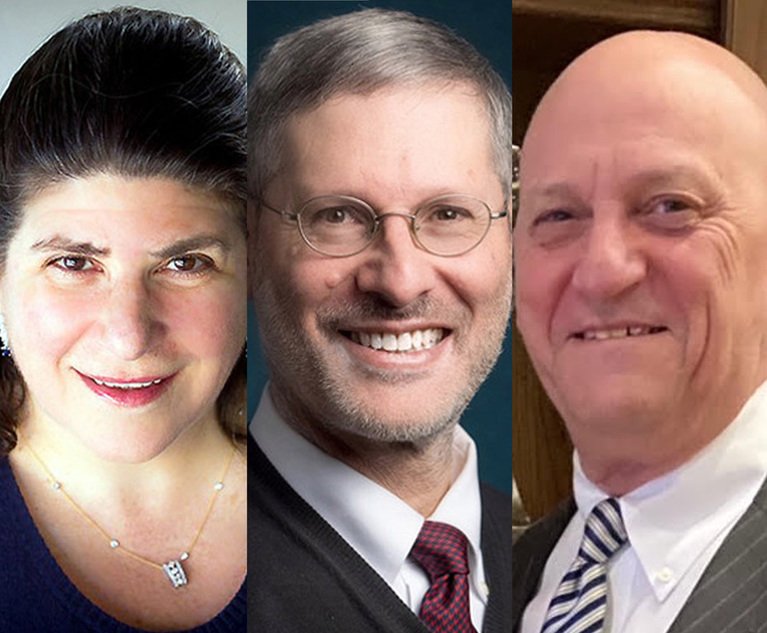A pair of 2018 decisions from the Federal Circuit have resulted in the deferral of many patent eligibility issues through summary judgment and even to jury trials. Practitioners confronted with eligibility issues should pay close attention to disclosure requirements and the development of proof, as it is becoming more likely that Section 101 issues will be submitted to the jury for resolution.
Under prevailing Supreme Court precedent, a two-part test governs patent eligibility. Under Step 1, the court considers whether the patent claims are directed to patent ineligible subject matter, such as an abstract idea. If not, the inquiry ends, and the Section 101 challenge fails. However, if the claims are directed to ineligible subject matter, then under Step 2 the court reviews the claims to determine whether the limitations, considered both individually and as an ordered combination, disclose an inventive concept. So viewed, if the limitations do not involve more than well-understood, routine, and conventional activity, they do not transform the otherwise patent-ineligible concept into a patentable invention, and the claims are invalid.


 Charles Everingham IV, partner at Ward, Smith & Hill in Longview, Texas. (Courtesy Photo)
Charles Everingham IV, partner at Ward, Smith & Hill in Longview, Texas. (Courtesy Photo)




